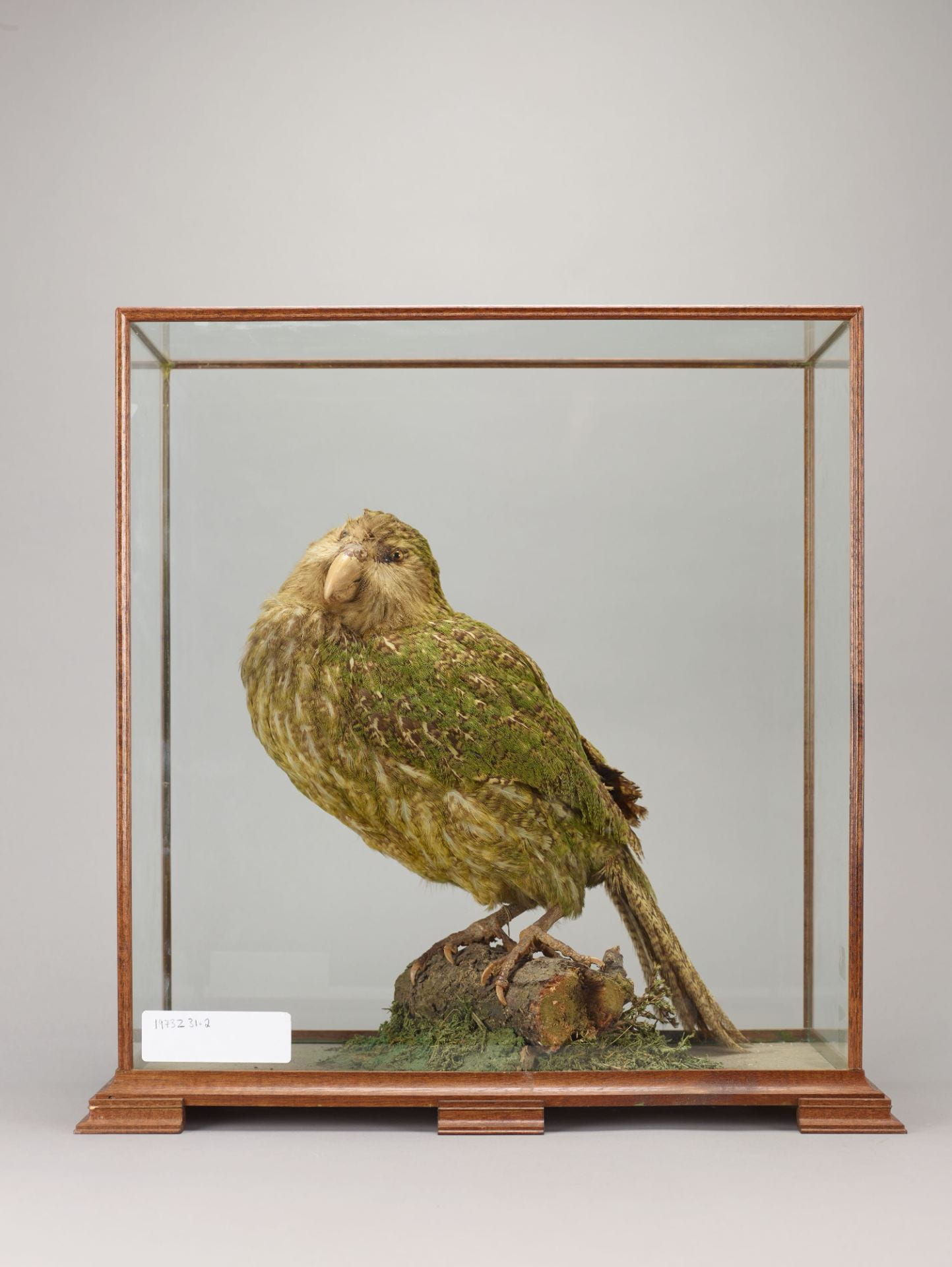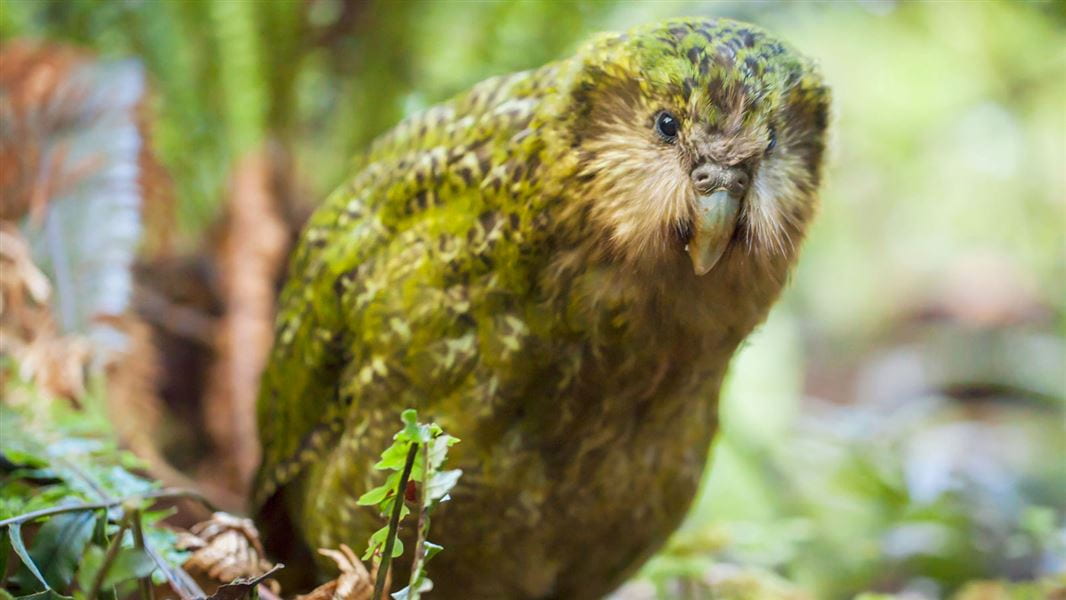By Jack Marshall
Photo: Stella the kākāpō on Codfish Island/Whenua Hou Image: Sabine Bernert | DOC
The nocturnal flightless kākāpō is something of a difficult bird. They were once rife in New Zealand, found throughout the North Island and the South. Today, the species only survive on a handful of pest-free islands with a breeding cycle linked closely to the fruiting of the rimu tree, which might only happen twice a decade.
But is this bird’s restrictive breeding diet a result of its high expectations for a dinner date or a symptom of its habitat?
New research by Dr Alex Boast from Manaaki Whenua – Landcare Research may have the answer. Dr Boast has been looking deep into old kākāpō droppings to understand their prehistoric diet.
“This is a bird that’s gone down from what was a very big population. It was one of the most widespread birds in New Zealand,” said Dr Boast. “It went down to 51 birds in the 1990s. It must have had a much more diverse diet and species interactions in the past.
“A big problem of kākāpō conservation is that they’ve got this very weird breeding pattern: they only reproduce every two to five years. And the reason is that they are very linked to the masting of certain trees, specifically rimu.”
Masting is when all the individuals of a plant species release all its fruit at once.
“You have this huge influx of food at once, and kākāpō have obviously linked their breeding cycle to these trees. And so far, in modern times, the only tree that seems to reliably trigger [the breeding cycle] is rimu.”
So how did the kākāpō cover the country without rimu tree? What were they eating?
Using cutting-edge ancient DNA and microscopic techniques, Dr Boast and his team looked at the preserved droppings, or coprolites, and used those to find evidence of the food it once ate. The results gave the researchers a bit of a surprise: The southern beech tree.

Photo by Birmingham Museums Trust on Unsplash
“Southern beaches comprise about 50 percent of New Zealand’s surviving forests today. And just like rimu they are masting trees, so they produce huge drops of seeds at once. It’s been a big question whether beach triggered breeding in the same way. We’ve found from these coprolites in certain habitats, particularly in upland areas about 50 percent, or more, more than 50 percent. Actually, most of the DNA came from Southern beech trees.
“We can’t say exactly whether they were the seeds or the leaves, but what seems to be quite clear is that they were feeding on these trees quite a lot. And it seems very likely whether they did it unwittingly or not, when these trees were producing seeds, they would have suddenly had a huge influx of, of this new nutrient in their diet. So, it seems like this is quite a possible stimulus that would have occurred in these other areas.
“There actually very few animals in New Zealand or even around the world that have actually kind of obliged us this way.”
Basically— It’s likely southern beach trees can stimulate the kākāpō’s breeding cycle. Great news for conservation because they have reached capacity on their pest-free islands.
“We need to start finding some more reserves to relocate kākāpō to. And so, one aspect of this work is hopefully we’ll be able to elucidate new habitats that would be ideal places to translocate them to.”
But before you go looking for prehistoric poo of other endangered birds, Dr Boast said the kākāpō’s lifestyle made it a special study as it seemed they were fond of roosting (and leaving droppings) in caves, which work like natural refrigerators.
“These [droppings] have just dried out and preserved really, really well. And there actually very few animals in New Zealand or even around the world that have actually kind of obliged us this way.”
Dr Alex Boast’s research on the kākāpō’s ancient diet provides valuable insights into the factors influencing their breeding cycle and has important implications for conservation. By analysing preserved droppings, the study reveals the significant role of southern beech trees in the kākāpō’s diet and suggests the birds can breed in over 50 percent of New Zealand’s current forests.
This opens up possibilities for identifying new habitats and expanding conservation efforts for this endangered species. Understanding the historical diet of endangered animals is crucial for developing effective conservation strategies. These preserved droppings can remind us of the importance of studying the past to inform present and future conservation efforts.
You can find out more about Dr Boast’s reserach by clicking here.

